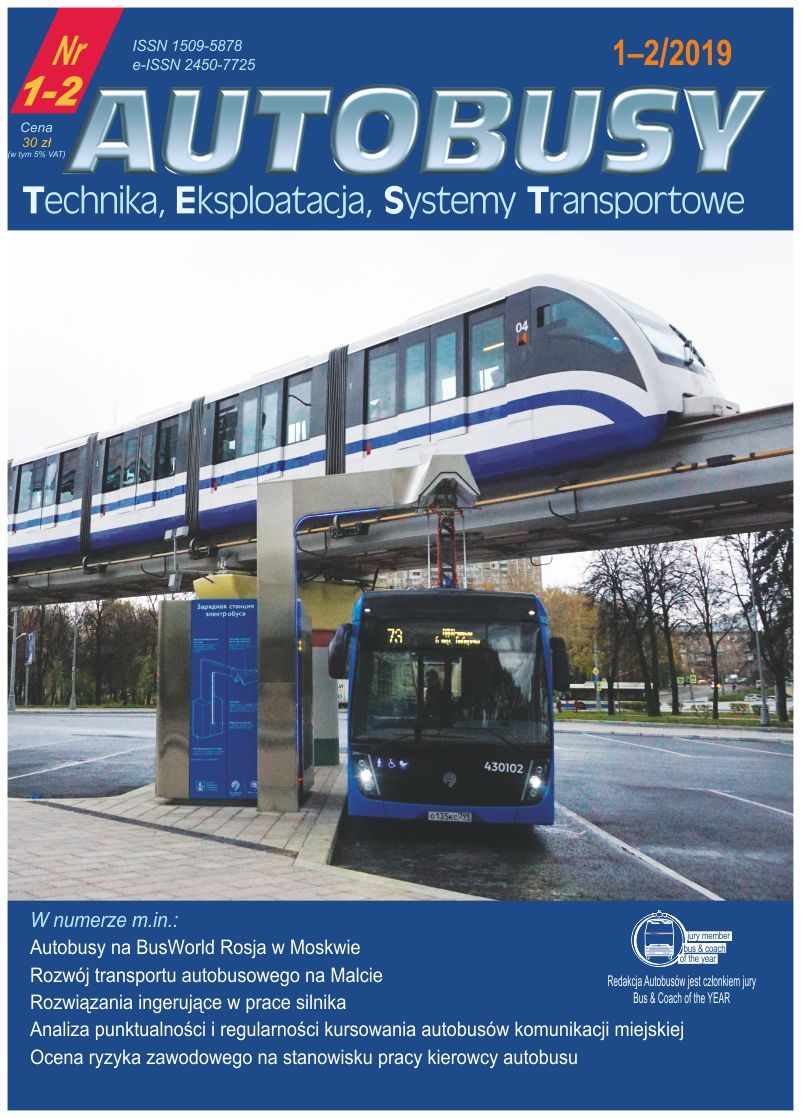Preliminarny studies on scratch resistance of the face shields surface of firefighting helmets
DOI:
https://doi.org/10.24136/atest.2019.059Keywords:
firefighter helmet, reflective coatings, scratch resistanceAbstract
Nowadays, in rescue operations firefighters of the State Fire Service use firefighting helmets which protect their head. Type B helmets in accordance with PN EN 433 technical norm are most often used. The face shields of firefighting helmets are usually made of transparent polycarbonate. One layer of metalized coatings, usually made in PVD technology are often applied on the shield surface. Sometimes multi-layer and gradient coatings are also applied. The surface of a visor may get damaged. Surface damages limit the field of rescuer view, and also adversely influence on barrier properties of the shield. One of the utility criterion for face shields and glasses of firefighting helmets is scratch resistance. Comparative studies on scratch resistance of surface were performed. The test was conducted with the use of Rockwell diamond cone. Small differences in scratch resistance were shown. The mechanism of surface degradation due to scratch of studied shields were varied. The highest resistance against the indenter was obtained in case of the shield surface of the Kontekst helmet. The lowest surface degradation was observed for the helmet with the shield face covered by metalized coating - Gallet. The face shields of helmets without coating were characterized by higher dam-ages. The highest damage was obtained in case of the Kontekst helmet.
Downloads
References
Beake, BD, Vishnyakov, VM, Harris, AJ, Relationship Between Mechanical Properties of Thin Nitride-Based Films and Their Behavior in Nano-scratch Tests. “Tribology International, 44, 2011, ss. 468–475.
Beuth J.L., Cracking of thin bonded films in residual tension Int. J. Solids Struct., vol. 29, 1992, ss. 2945-2952.
Dobrzański L., Dobrzańska-Danikiewicz A., Obróbka powierzchni materiałów inżynierskich, „Open Access Library”, 2011, vol.5
Favache A., Sacré Ch.-H., et al., Fracture mechanics based analysis of the scratch resistance of thin brittle coatings on a soft interlayer, Wear, vol. 330–331, 2015, ss. 461-468.
Ghabchi A., Sampath A., et al., Damage mechanisms and cracking behavior of thermal sprayed WC–CoCr coating under scratch testing, Wear, vol. 313, 1–2, 2014, ss. 97-105.
Jachowicz M.: Metody badań odporności hełmów ochronnych na działanie promieniowania podczerowonego. „BiTP” vol. 41, 1, 2016, ss. 55–65.
Khlifi K, Dhiflaoui H., et al., Study of mechanical behavior, deformation, and fracture of nanomultilayer coatings during microin-dentation and scratch test. “Journal of Coatings Technology and Research”. 3 vol. 12, 2015 ss. 513-524.
Kula P., Inżynieria warstwy wierzchniej, Wydawnictwo Politechniki Łódzkiej, Łódź 2000.
Ledermann N., Baborowski J., Muralt P., Xantopulos N., Tellen-bach J.M., Sputtered silicon carbide thin films as protective coating for MEMS applications, “Surface and Coatings Technology”, vol. 125, 2000, ss. 246-250.
Magnoni F., Rannée A., et al., Correlation between the scratch resistance of UV-cured PUA-based coatings and the structure and functionality of reactive diluents, “Progress in Organic Coatings”, vol. 124, 2018, ss. 193-199.
Neubert T., Vergöhl M., Chapter 10 - Organic optical coatings, Editor(s): Angela Piegari, François Flory, In Woodhead Publishing Series in Electronic and Optical Materials, Optical Thin Films and Coatings (Second Edition), Woodhead Publishing, 2018, ss. 425-447.
Pieniak D., Kamocka-Bronisz R., et al., Ocena uszkadzalności i skuteczności ochronnej hełmów strażackich, Logistyka 5/2014, ss. 1260-1267.
Pieniak D., Walczak A.: Wstępne badania odporności na starzenie tworzyw wykorzystywanych w konstrukcji hełmów strażackich. „Autobusy: technika, eksploatacja, systemy transportowe” 11/2016.
PN-EN 14458:2006 Sprzęt do indywidualnej ochrony oczu. Osłony twarzy i wizjery do użycia w hełmach strażackich o wysokiej skuteczności w zakresie bezpieczeństwa przemysłowego, używane przez strażaków, załogi karetek i służby ratownicze.
PN-EN 166:2005 Ochrona indywidualna oczu. Wymagania.
PN-EN 171:2005 Ochrona indywidualna oczu. Filtry chroniące przed podczerwienią. Wymagania dotyczące współczynnika prze-puszczania i zalecane stosowanie.
PN-EN 443:2008 Hełmy stosowane podczas walki z ogniem w budynkach i innych obiektach.
Poirié T, Schmitt T., et al., Influence of internal stress in optical thin films on their failure modes assessed by in situ real-time scratch analysis, “Tribology International”, vol. 109, 2017, ss. 355-366.
Stoessel Ch., Chapter 20 - Optical coatings for automotive and building applications, Editor(s): Angela Piegari, François Flory, In Woodhead Publishing Series in Electronic and Optical Materials, Optical Thin Films and Coatings (Second Edition), Woodhead Publishing, 2018, ss. 719-739,
Suo Z. Encyclopedia of Materials: Science and Technology Elsevier Science, Amsterdam (2001), ss. 3290-3296.
Taha M., El-Mahallawy N., et al., PVD Coating of Mg-AZ31 by Thin Layer of Al and Al–Si, “Journal of Coatings Technology and Research”., 7(6), 2010 ss. 793–800.
Wendler B., Jachowicz M., Karolus M., Adamczyk L., Rylski A., Powłoki ochronne SiC, SiCN i SiN na stopach metali osadzane reakcyjną metodą magnetronową przy niskich temperaturach, „Inżynieria Materiałowa” vol. 27, 3, 2006, ss. 551-553.
Yeo N.E., Cho W.K., et al., Enhanced anti-scratch performance of nanopatterned anti-reflective polymer films, “Applied Surface Science”, Volume 458, 2018, Pages 503-511.



